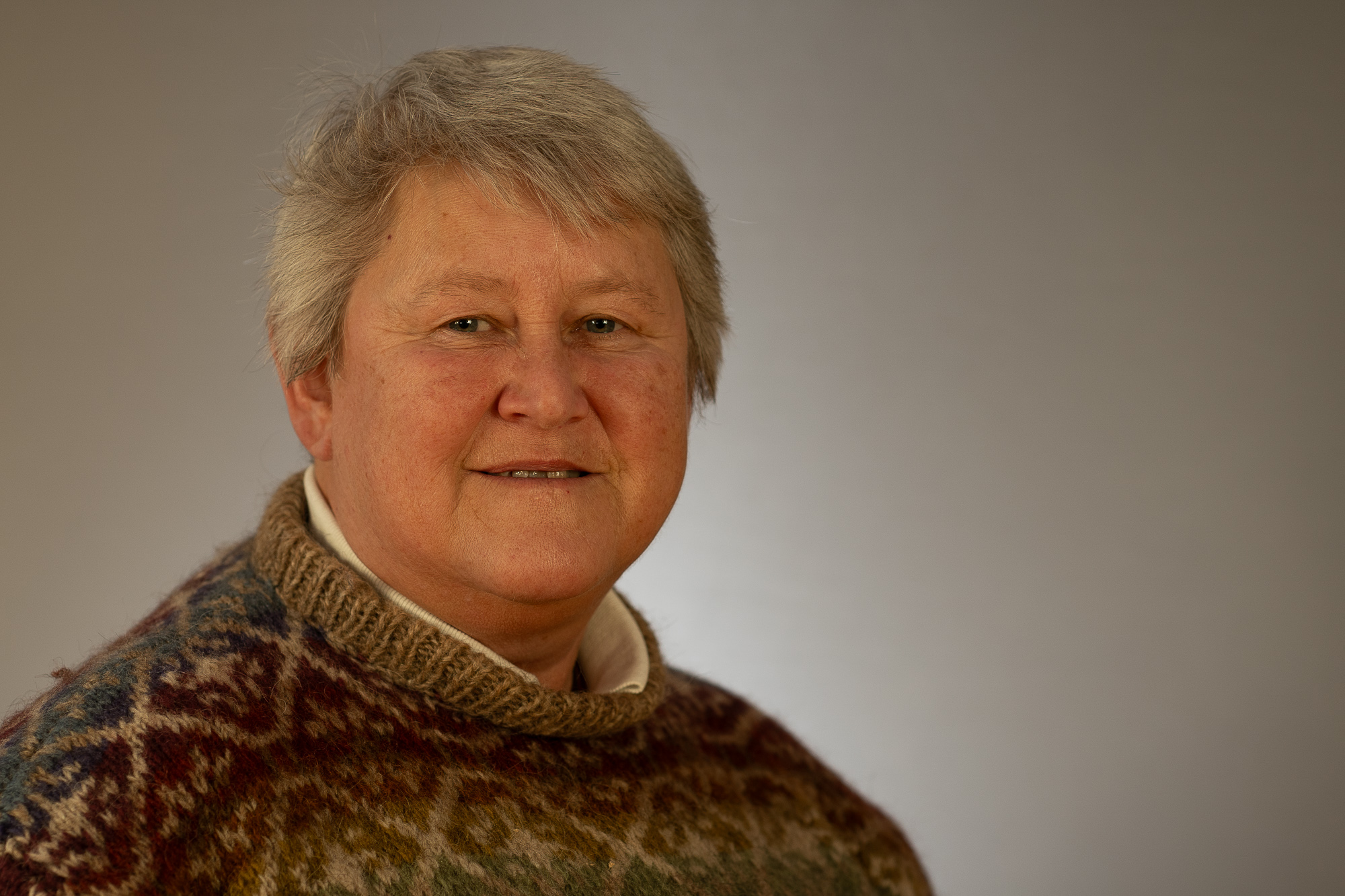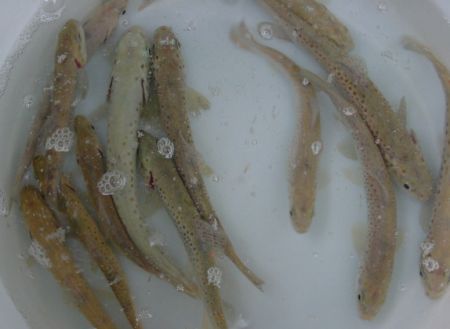A joint project of the Department of Organismic Biology at the University of Salzburg (project leader Univ.Doz.Dr. Franz Lahnsteiner), the Institute for Aquatic Ecology, Fisheries Biology and Lake Science (BA for Water Management) and the Institute for Organic Agriculture and Livestock Biodiversity.
Little is known about the effects of hormonally active substances in low concentrations on the reproductive ability of fish. The hormonally active substances 4-nonylphenol, bisphenol A and β-estradiol, which pass through mechanical and biological sewage treatment plants unchanged, were tested in practically relevant concentrations for their influence on sperm production and larval development of salmonid fish (rainbow trout, brown trout, grayling). There was a significant negative influence on sperm quality as well as on the time at which spawning maturity was reached and on the growth of the larvae and young fish. Even concentrations previously considered harmless in the literature had a clearly negative effect despite a limited exposure period of 2 to a maximum of 4 months. Based on these results, a reassessment of the toxicity of these substances in salmonid waters is recommended.







